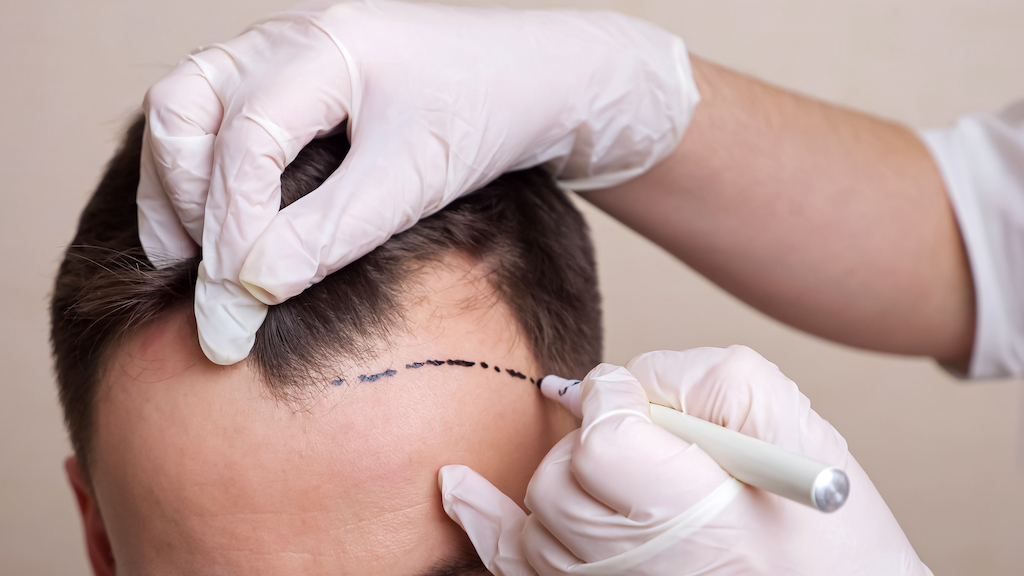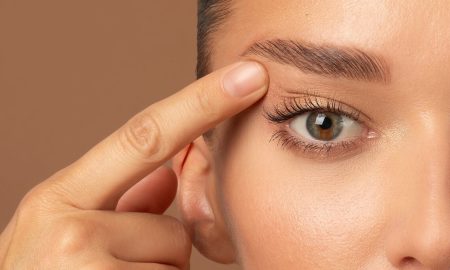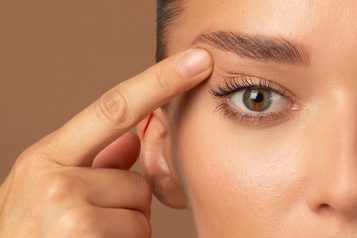
In recent years, medical tourism for hair transplantation has gained significant popularity, particularly outside the United States. Haute Beauty expert Dr. Jose Rodríguez-Feliz has been curious about the factors driving patients to travel long distances for this procedure. Although Turkey has become the hair transplantation capital of the world, some people believe that its low pricing is the main reason for its success. However, Dr. Rodriguez Feliz argues that it is more than that.
One of the consistent marketing messages used by clinics outside the US is high-density hair transplantation, which can provide immediate impressive results. However, it is important to note that patients should also consider potential long-term sequels after undergoing the procedure. Here Dr. Rodríguez-Feliz provides valuable insights and considerations to help patients make an informed decision when selecting a hair transplant surgeon or clinic.
By shedding light on these factors, patients can make more informed decisions about hair transplantation, and avoid potentially risky or suboptimal outcomes.
The Male Hair Loss Approach
The key point to consider when dealing with male-pattern baldness is that it is a chronic condition. Like diabetes, it is controllable but incurable. Treating this condition requires planning for the years ahead, rather than just considering the current hair loss status. Adopting a one-and-done approach to hair loss is unrealistic.
View this post on Instagram
Several factors need to be considered when evaluating someone for a hair transplant, such as age, type and severity of hair loss, hair shaft quality, hair follicle density, ability to develop new habits for post-op maintenance, and current and desired hairstyle. Planning is crucial for achieving long-term results in hair transplantation. While short-term graft survival and density are essential for dramatic before-and-after results on the internet, planning is critical for maintaining your hair over your lifetime.
The depletion of donor-site hair grafts is a significant concern with a one-and-done approach to hair loss. The number of grafts in your scalp is fixed and determined by a densitometer during a consultation. Patients who elect to go outside the US for maximum-density grafting are often young and potentially continue to lose hair. Lowering the hairline by just 2cm can deplete almost half the donor site number of grafts in one session. If there are not enough donor hairs for future procedures, the patient will have permanent hair grafts at the front but may continue to bald towards the back.
The ideal approach to male-pattern alopecia is to continue to preserve current hairs, restore volume in thinning areas before they become completely bald, and preserve enough donor site grafts for future procedures. In essence, treating male-pattern hair loss is similar to treating a chronic condition, where discipline, consistency, and baby steps will achieve better outcomes than a one-and-done procedure.
For more information, visit Dr. Jose Rodríguez-Feliz's social media:
























